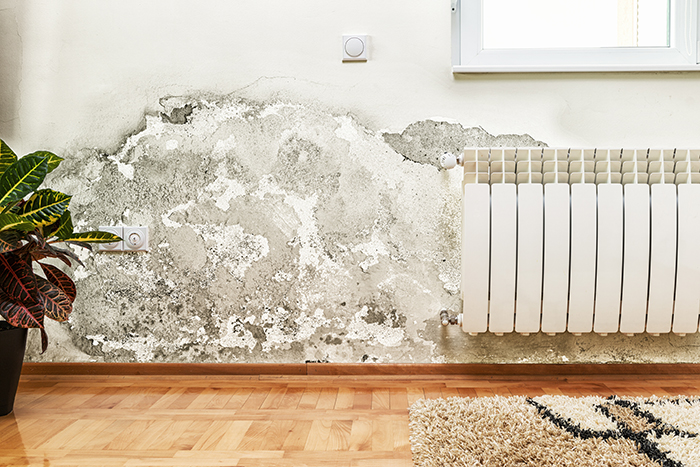Top Strategies for Effective Mold and Moisture Control in Your Home
Mold and moisture can creep into any home, often lurking in the shadows of damp corners and hidden spaces. These unwelcome guests pose significant risks to our health and property, demanding immediate attention and effective control strategies.
While the presence of mold might seem like an inevitable aspect of homeownership, understanding how to combat it can empower you. From mastering ventilation techniques to embracing moisture-resistant materials, this article delves into essential methodologies that not only safeguard your living environment but also preserve its aesthetic integrity.
Join us as we explore innovative and practical strategies that will help you reclaim your home from the clutches of mold and excess moisture, ensuring a healthier, happier space for you and your family.
Identifying Common Sources of Moisture in Your Home

Identifying common sources of moisture in your home is essential for effective mold and moisture control. Many homeowners might overlook seemingly innocuous areas that could be contributing to elevated humidity levels.
Leaky roofs can expose your interior to unwanted water intrusion during even a light rain, while plumbing issues—such as dripping faucets or hidden pipe leaks—can create a persistent damp environment. Areas prone to condensation, like windows and poorly insulated walls, are often breeding grounds for mold.
Don’t forget about poor ventilation in bathrooms and kitchens, where steam from showers and cooking can linger, exacerbating moisture problems. Finally, unfinished basements and crawl spaces can trap humidity, serving as a foundation for mold growth if not monitored closely.
By scrutinizing these common culprits, you take the first step towards safeguarding your home from the ravages of moisture and mold.
The Importance of Proper Ventilation

Proper ventilation is a cornerstone of effective mold and moisture control in any home. It acts as the silent guardian, allowing fresh air to circulate while expelling stale, humid air that can contribute to mold growth.
Imagine a well-ventilated attic—sunlight pouring in through vents, a gentle breeze whisking away excess moisture, keeping the air crisp and dry. Conversely, an enclosed space without adequate airflow becomes a breeding ground for dampness and spores, creating an ominous haven for mold.
From exhaust fans in kitchens and bathrooms to strategically placed windows and vents, every small effort to enhance ventilation can significantly lower humidity levels, promoting a healthier living environment. In this battle against mold, let ventilation be your powerful ally, ensuring that fresh air triumphs over stagnation and decay.
Effective Waterproofing Techniques for Basements and Crawl Spaces

When it comes to safeguarding your basement or crawl space from moisture, employing effective waterproofing techniques is essential. Start by inspecting your property for any potential water entry points, such as cracks in the foundation or poorly sealed windows.
Repairing these vulnerabilities is crucial, but it’s only the beginning. Installing a high-quality sump pump can proactively manage water accumulation, while interior drainage systems channel moisture away efficiently.
Dont overlook the role of vapor barriers; applying them to walls and floors significantly reduces humidity levels. Additionally, grading the landscape around your home to direct water away is a simple yet powerful strategy.
With a combination of thorough assessments and strategic installations, you can create a moisture-resistant environment that shields your home from mold development.
Conclusion
In conclusion, managing mold and moisture in your home is essential for maintaining a healthy living environment and safeguarding your property. By implementing the top strategies discussed—such as regular inspections, proper ventilation, and immediate attention to leaks—you can significantly reduce the risk of mold growth.
Utilizing professional services like mold inspection Tampa can further enhance your efforts by providing expert insights and preventative measures tailored to your specific situation. By staying proactive and informed, you can ensure that your home remains a safe and comfortable space for years to come.







































